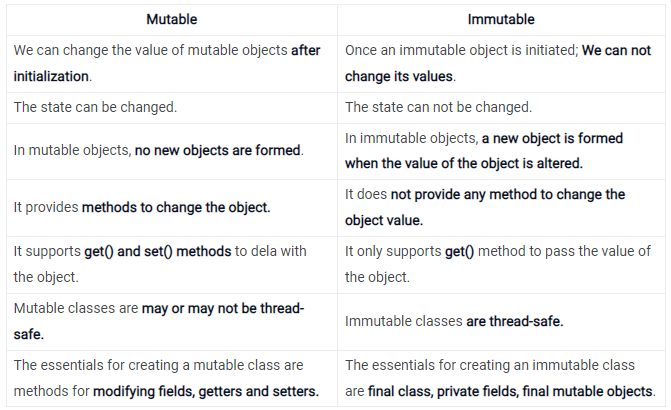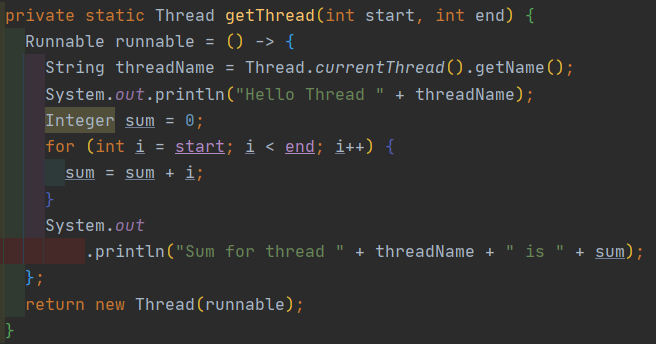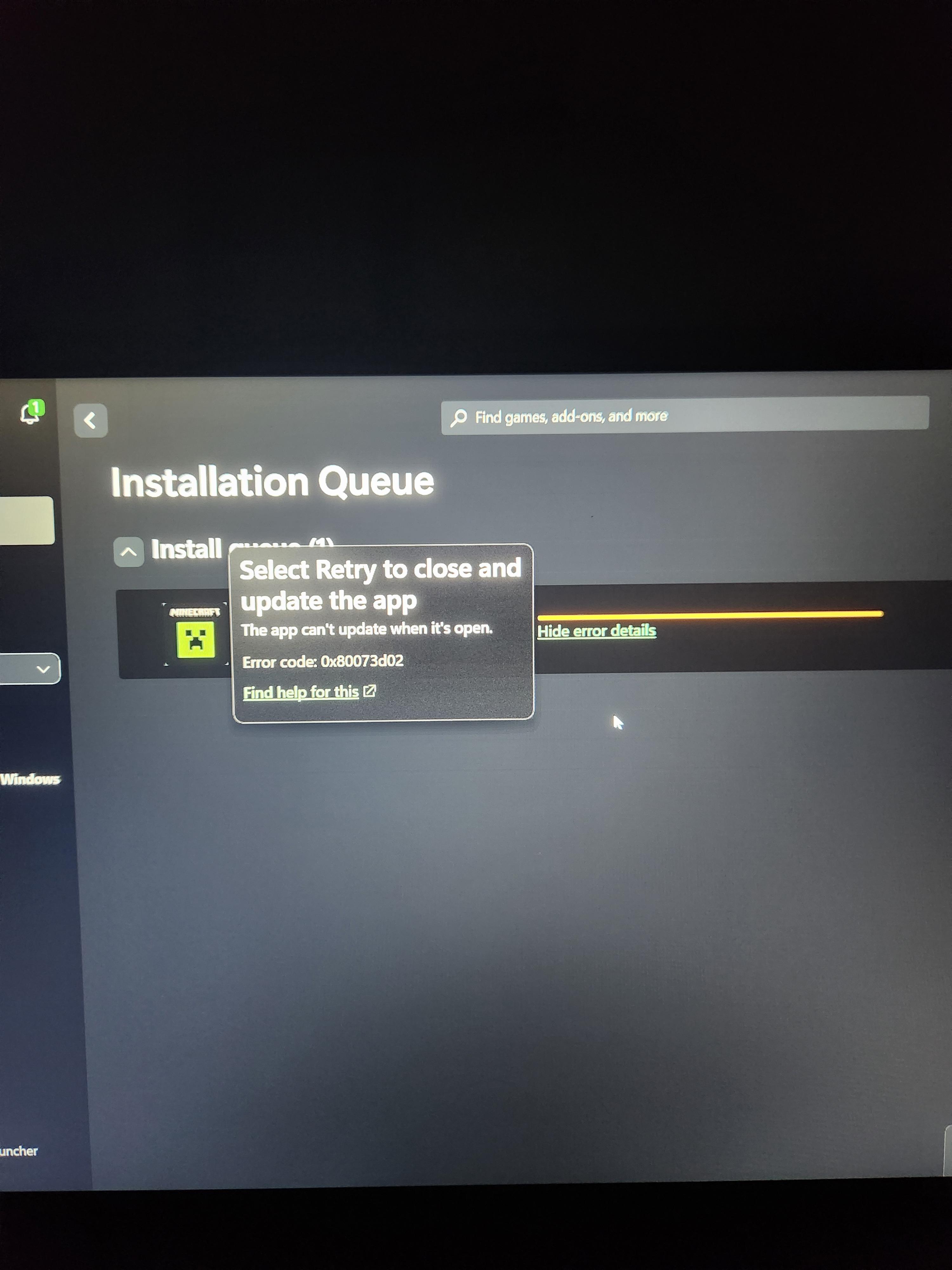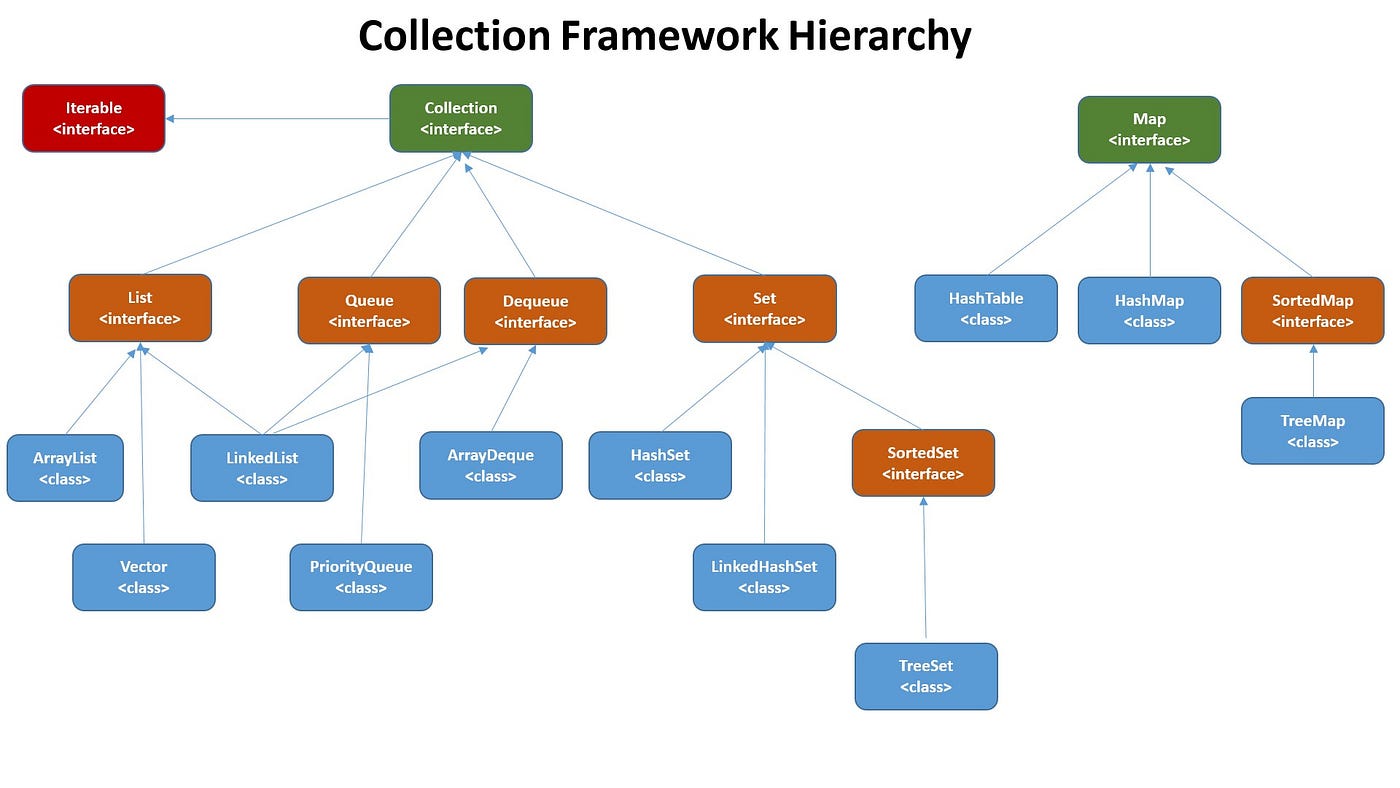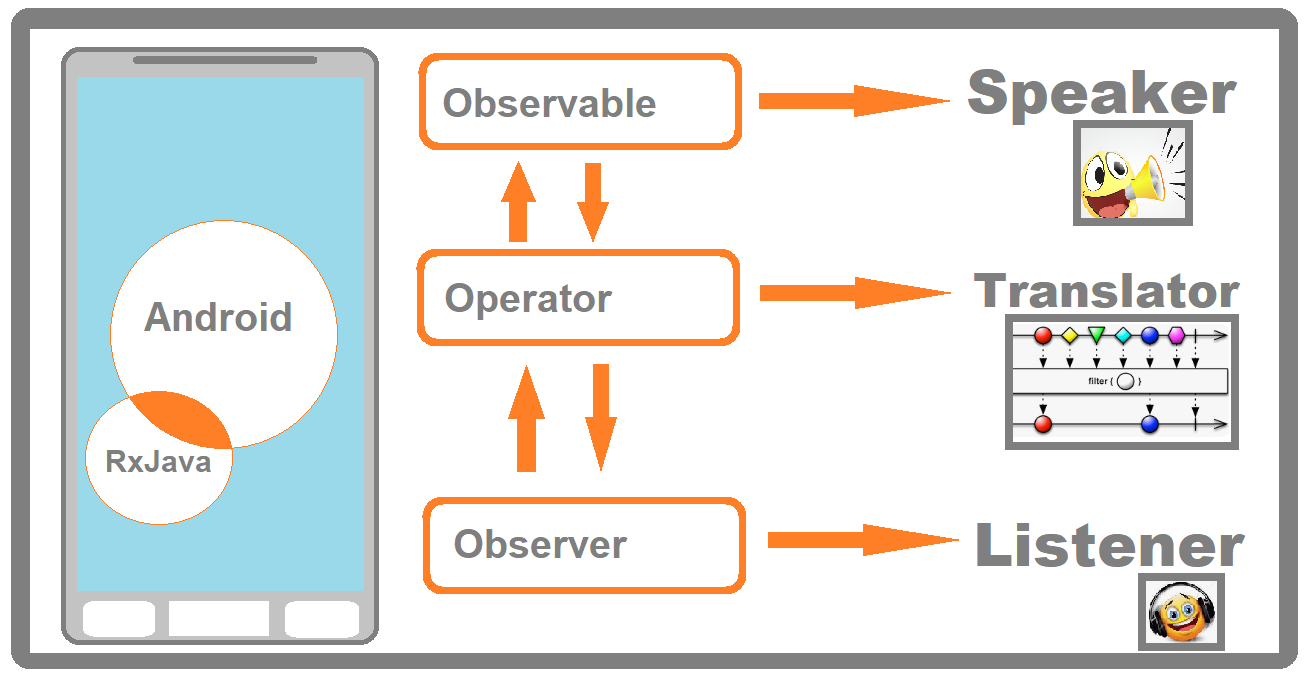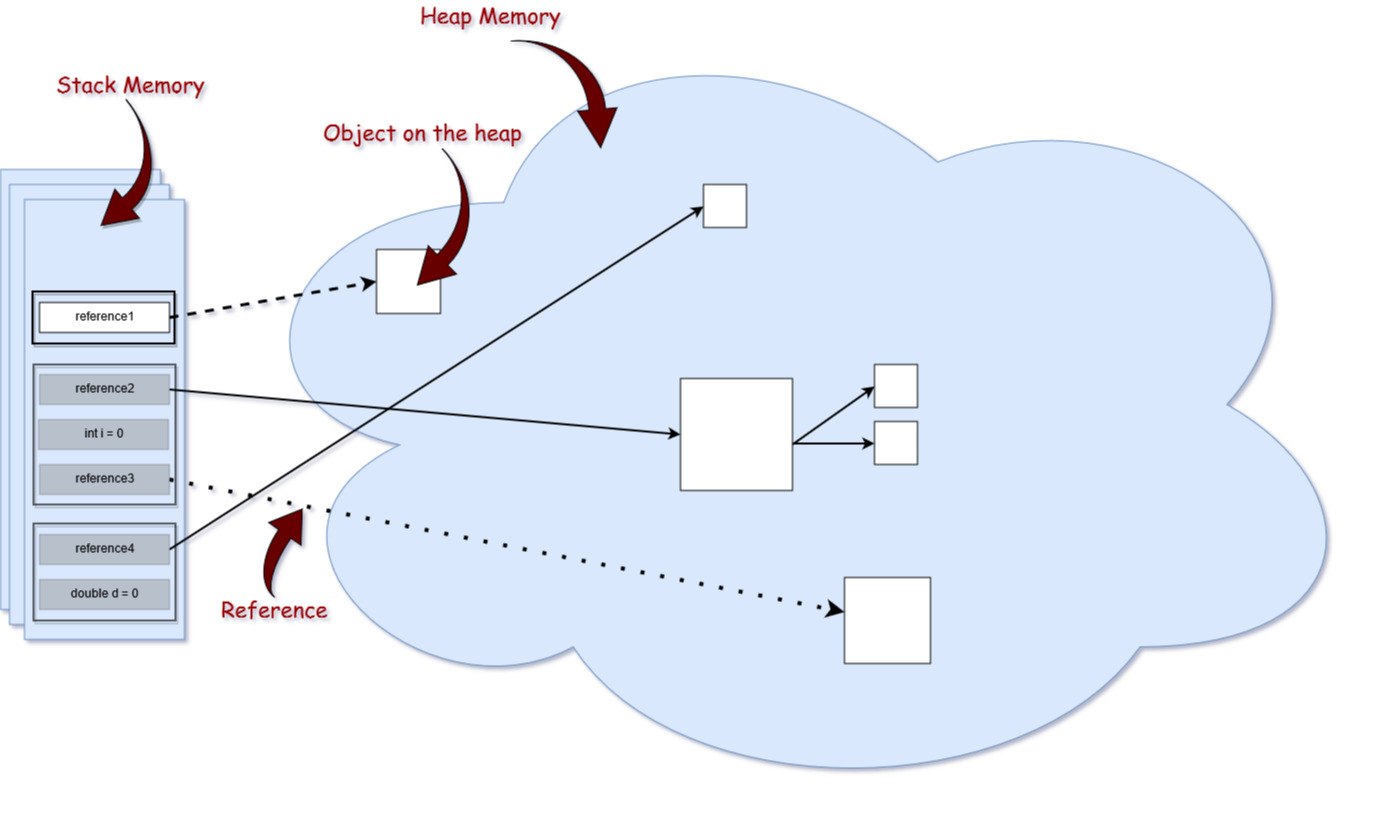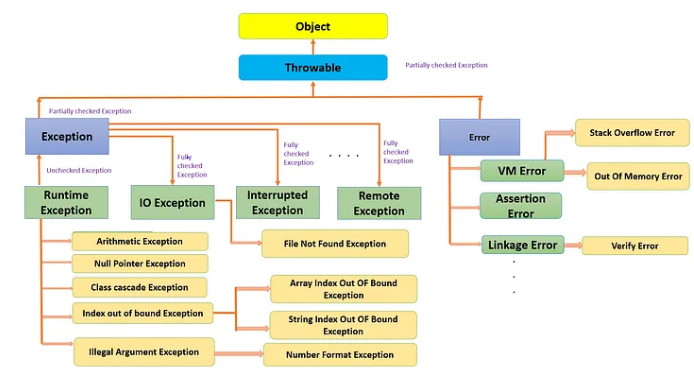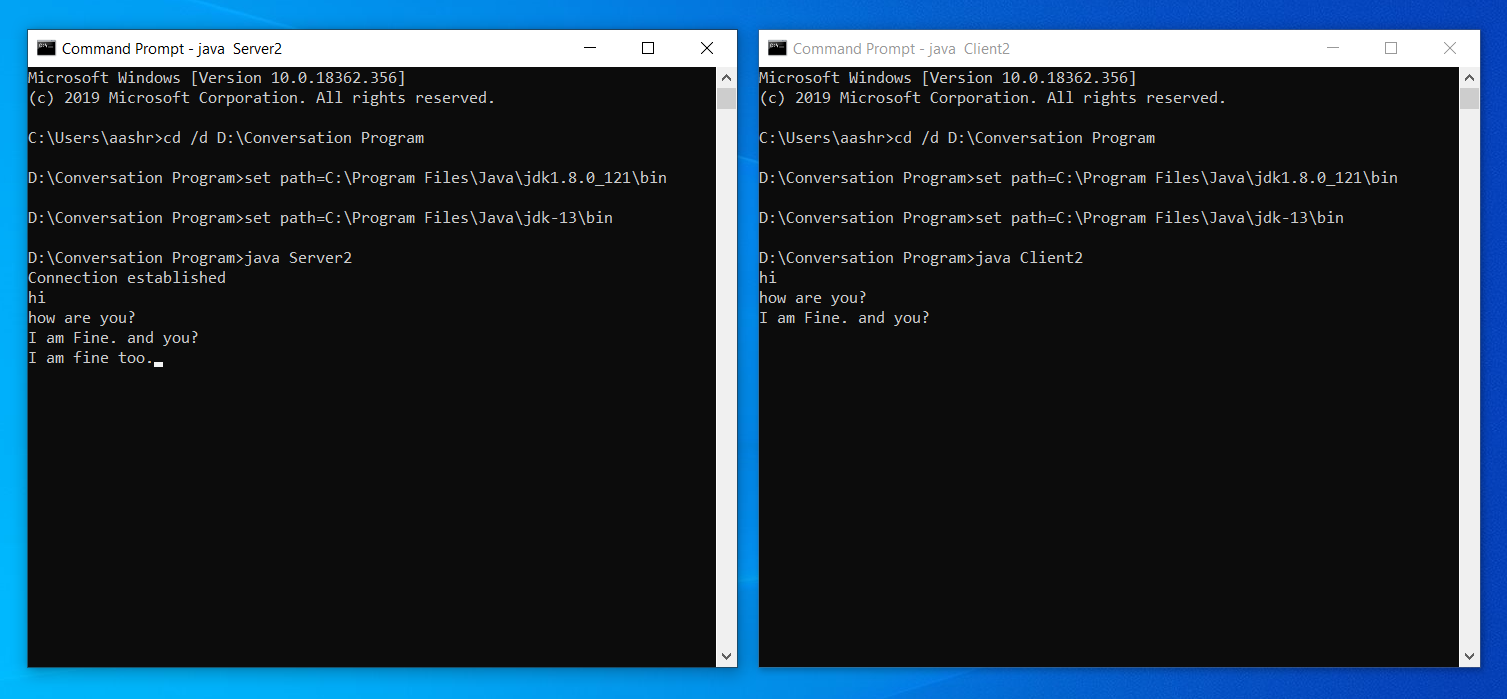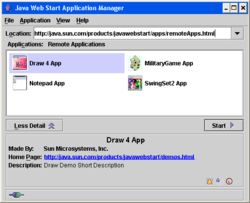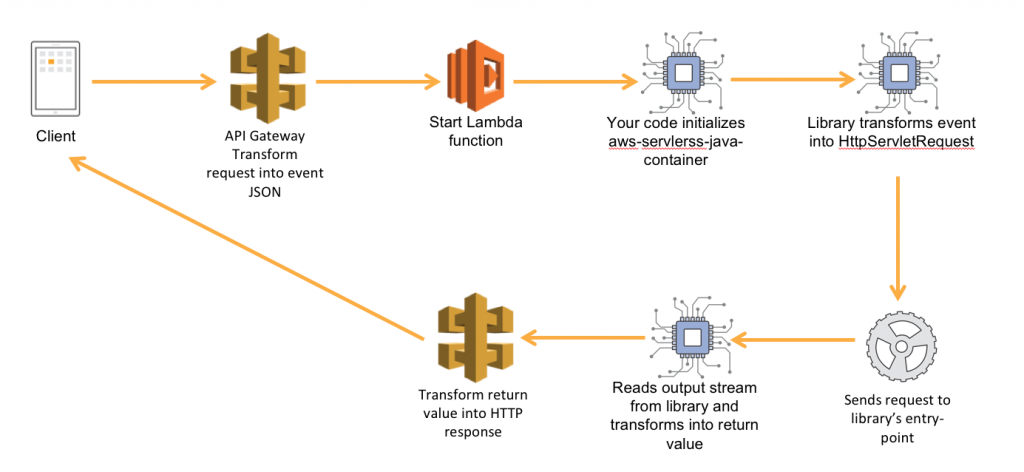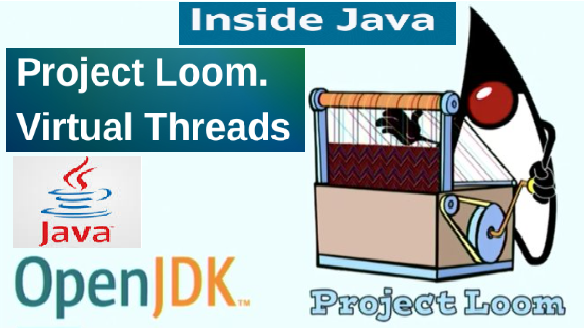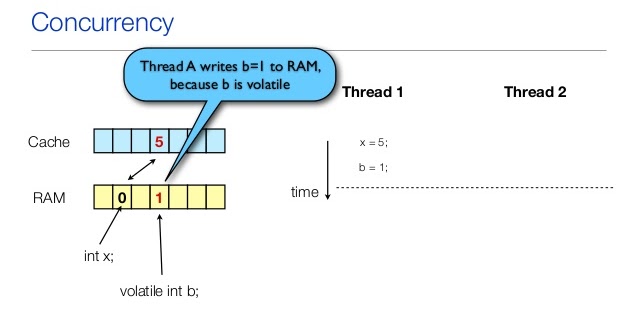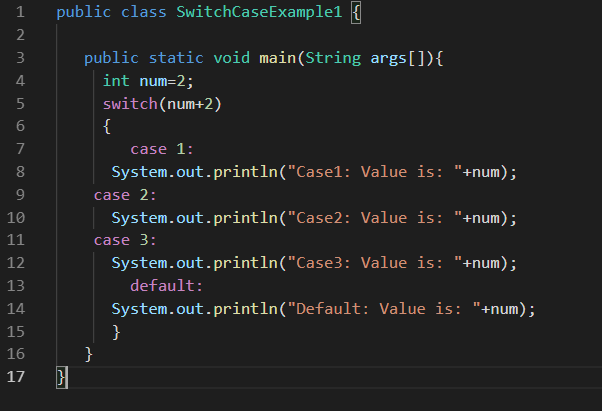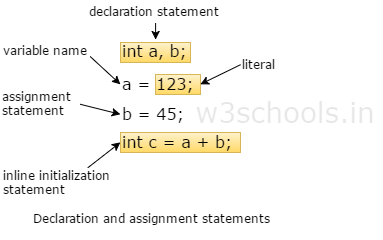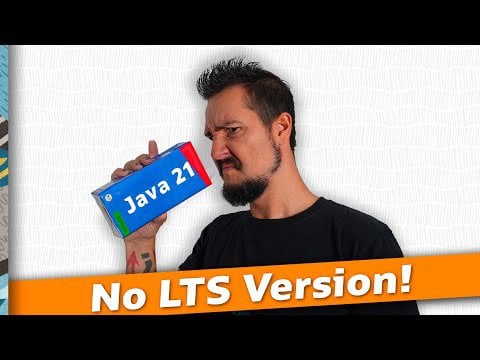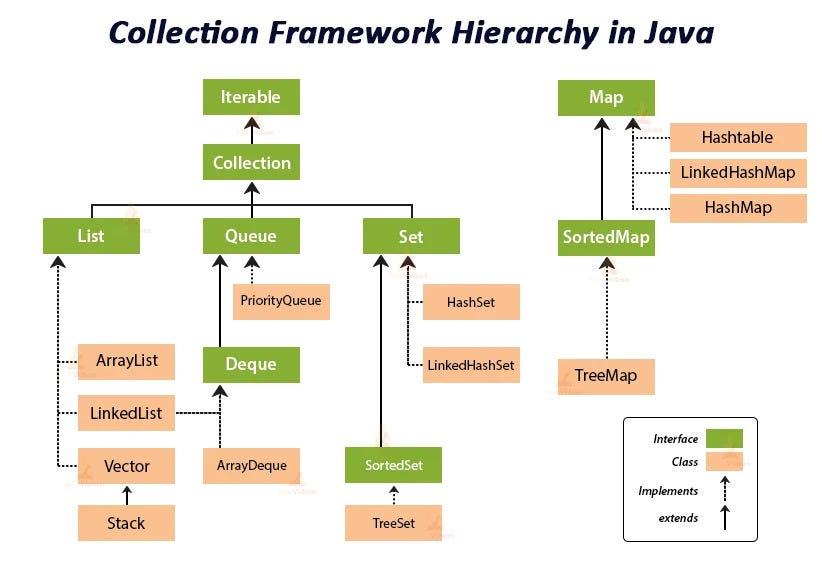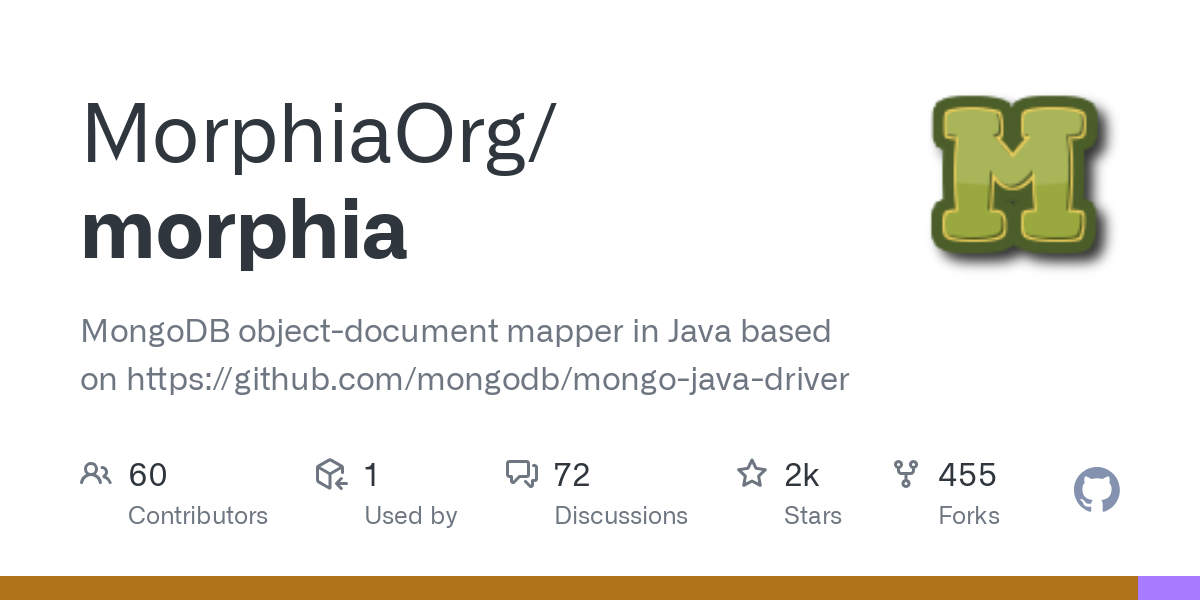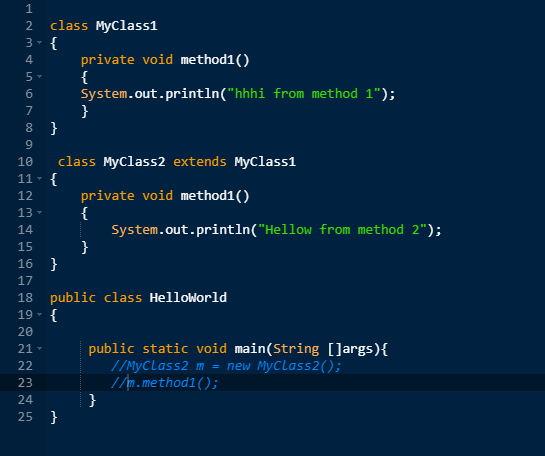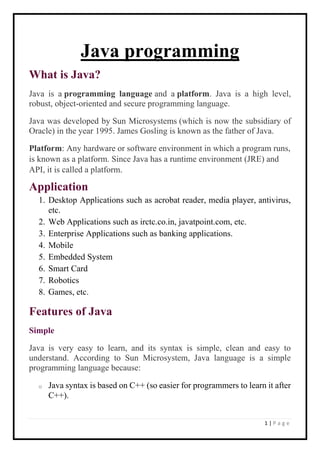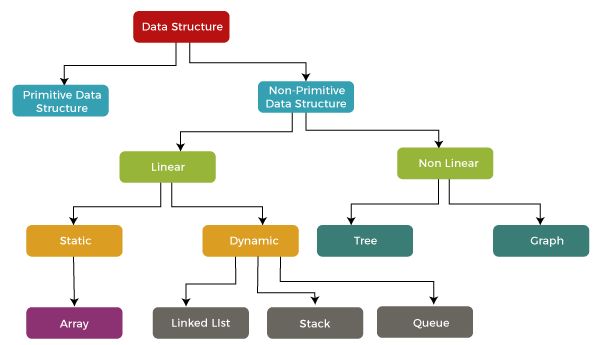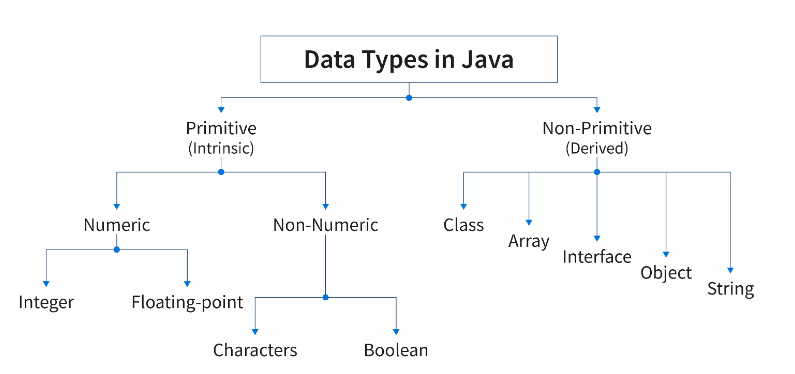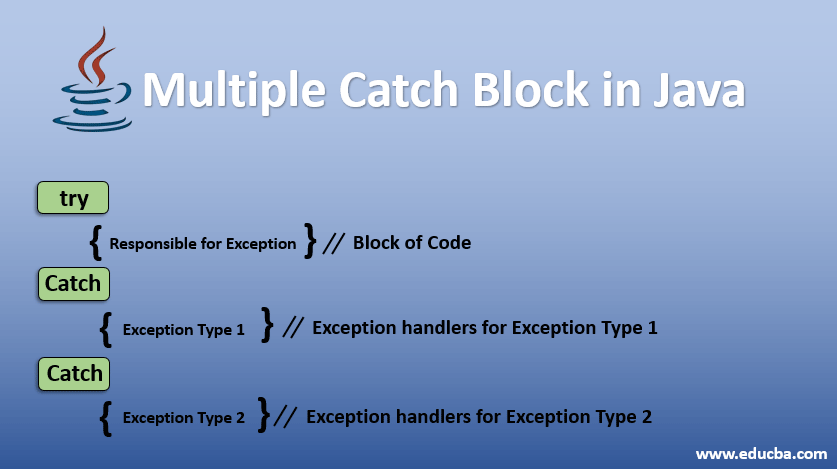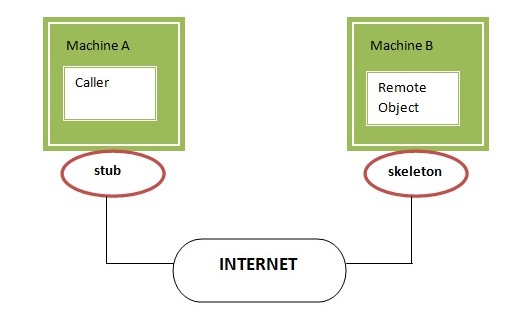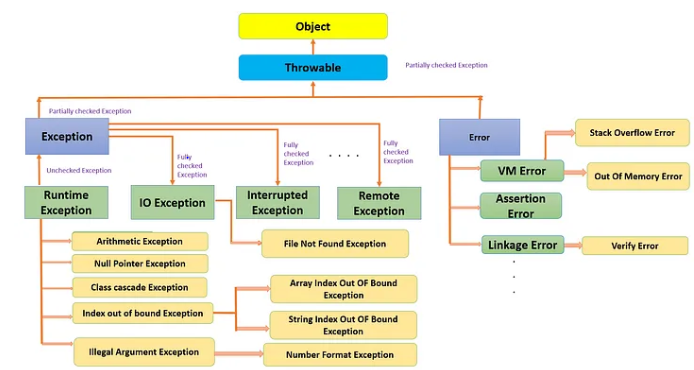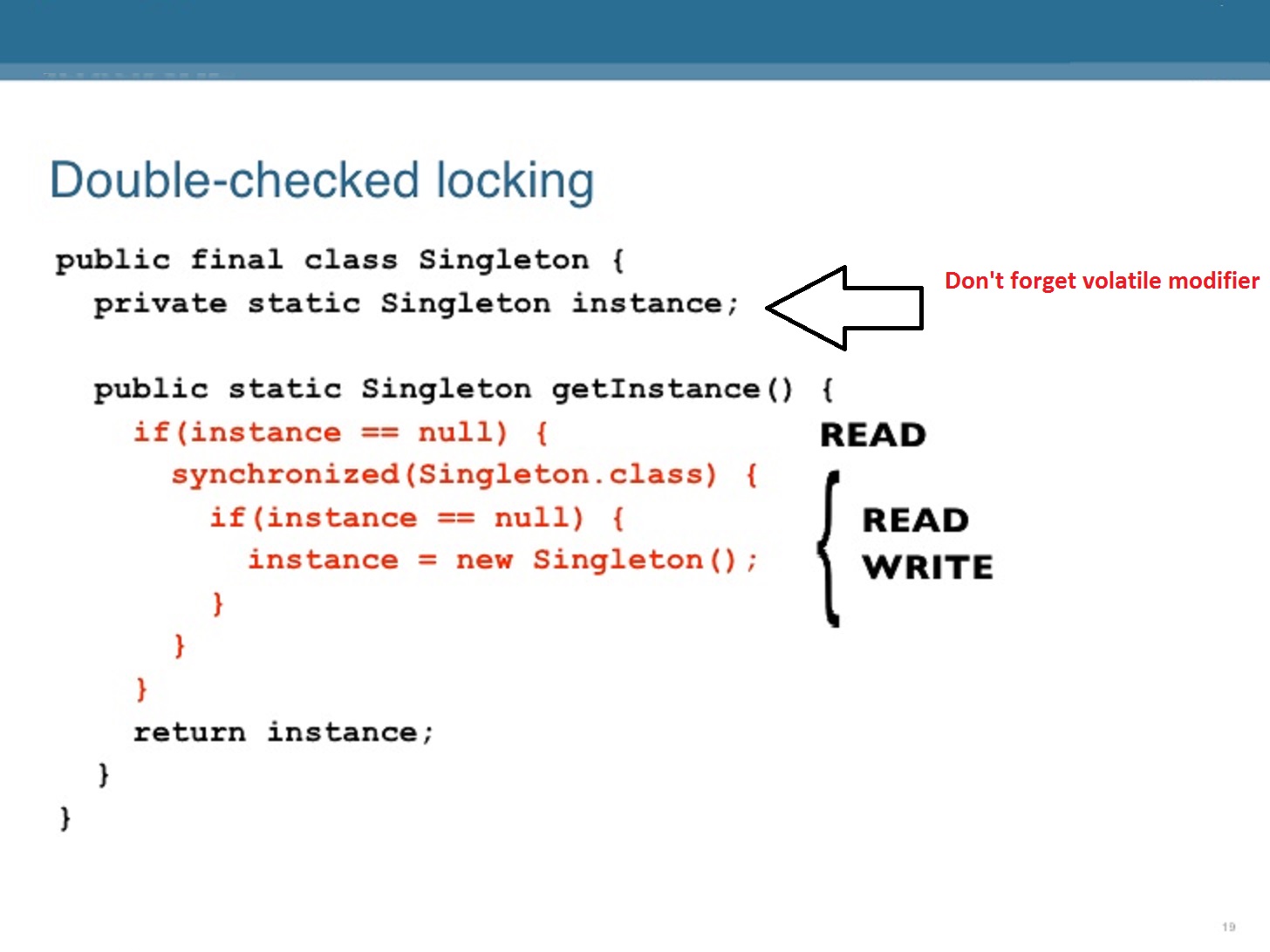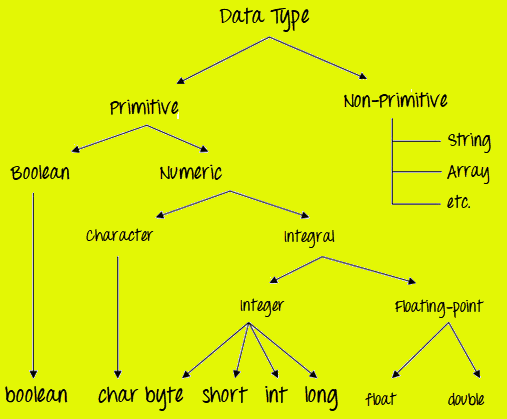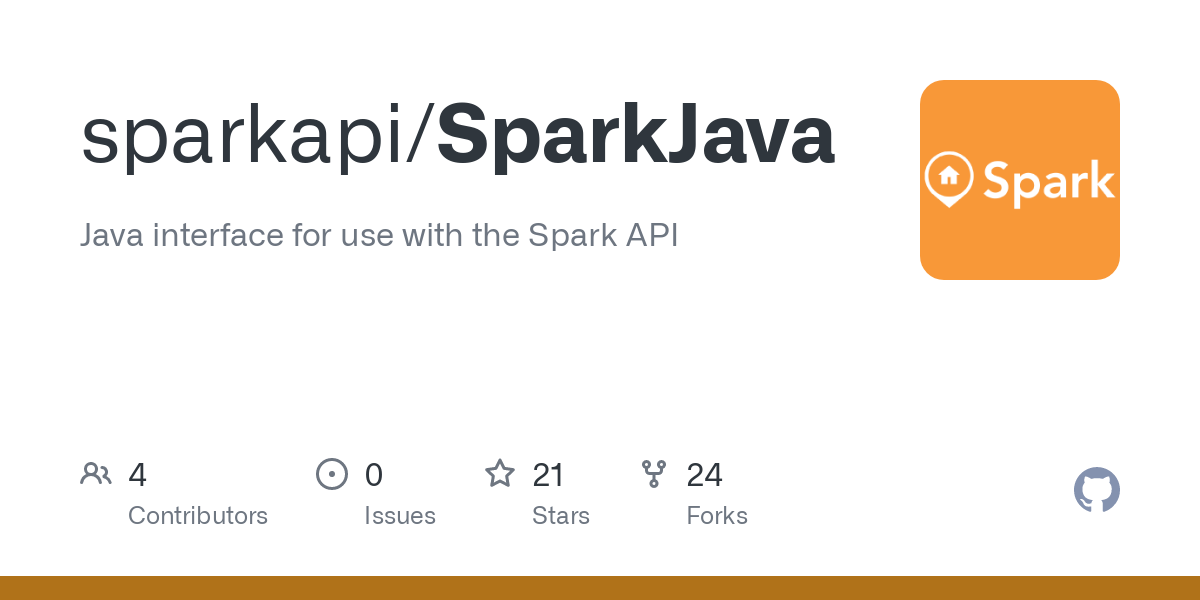Java mongodb orm tutorial
Java mongodb orm tutorial
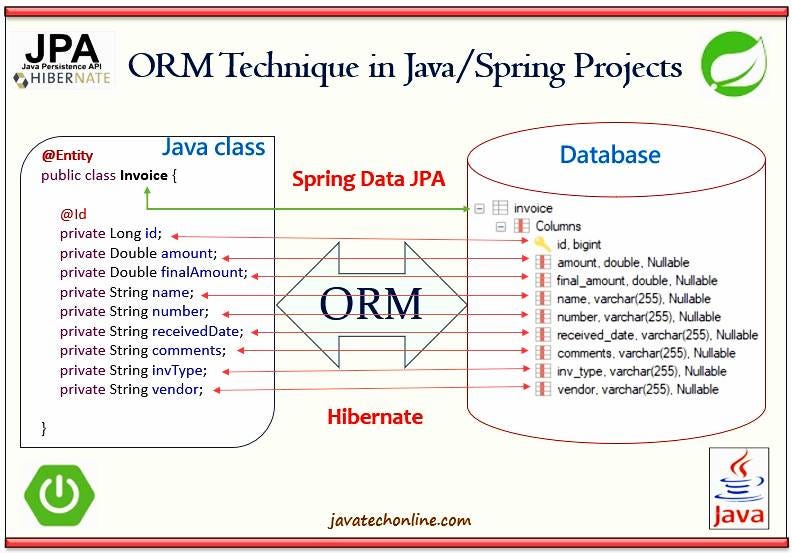
Here is a comprehensive guide to using MongoDB with a Java ORM (Object Relational Mapping) tool:
Why use an ORM?
MongoDB is a NoSQL database that stores data in JSON-like documents called BSON. While MongoDB provides a robust query language, it can be cumbersome to interact with the database directly from your Java code. This is where an ORM comes in - it acts as a layer between your Java application and the MongoDB database, allowing you to work with objects rather than raw data.
What is Morphia?
Morphia is a popular Java ORM library that provides a simple and intuitive way to interact with MongoDB from your Java application. It supports most of the MongoDB features, including queries, aggregations, and CRUD (Create, Read, Update, Delete) operations.
Setting up Morphia
To use Morphia in your Java project, follow these steps:
Add Morphia as a dependency in your pom.xml file (if you're using Maven):
com.mysema
morphia
1.3.2
Morphia morphia = new Morphia();
morpha.map("com.example.models", com.example.models);
Map<String, String> config = new HashMap<>();
config.put("hosts", "localhost:27017");
config.put("username", "your_username");
config.put("password", "your_password");
morpha.close();
Defining your Java classes
To use Morphia, you need to define Java classes that map to the MongoDB collections. Let's create a simple example:
public class Person {
private String name;
private int age;
public Person(String name, int age) {
this.name = name;
this.age = age;
}
// Getters and setters
}
Mapping Java classes to MongoDB collections
To map the Person class to a MongoDB collection, you need to create a mapping using Morphia:
morphia.map(Person.class, "persons");
This will create a mapping between the Person class and the "persons" collection in your MongoDB database.
Performing CRUD operations
Now that we have our Java classes mapped to the MongoDB collections, let's perform some basic CRUD (Create, Read, Update, Delete) operations:
Create
Person person = new Person("John Doe", 30);
morphia.save(person);
This will create a new document in the "persons" collection with the specified data.
Read
List persons = morphia.find(Person.class).asList();
This will retrieve all documents from the "persons" collection and return them as a list of Person objects.
Update
person.setName("Jane Doe");
morphia.update(person, true);
This will update the document with the specified ID with the new name.
Delete
morphia.delete(Person.class, person.getId());
This will delete the document with the specified ID from the "persons" collection.
Querying MongoDB
Morphia also provides support for querying MongoDB using Java code. Let's create a simple example:
List persons = morphia.find(Person.class)
.filter("age", 30) // Filter by age
.asList();
This will retrieve all documents from the "persons" collection where the age is 30.
Conclusion
In this tutorial, we have covered the basics of using Morphia, a Java ORM library that provides a simple and intuitive way to interact with MongoDB. We have created a mapping between a Java class and a MongoDB collection, performed CRUD operations, and queried the database using Java code. With Morphia, you can easily integrate MongoDB into your Java application and take advantage of its robust query language.
References
Morphia documentation: https://github.com/morphia/morphia MongoDB documentation: http://docs.mongodb.org/manual/ Java MongoDB ORM tutorial: https://www.baeldung.com/java-mongodb-orm-tutorialIs MongoDB good with Java?
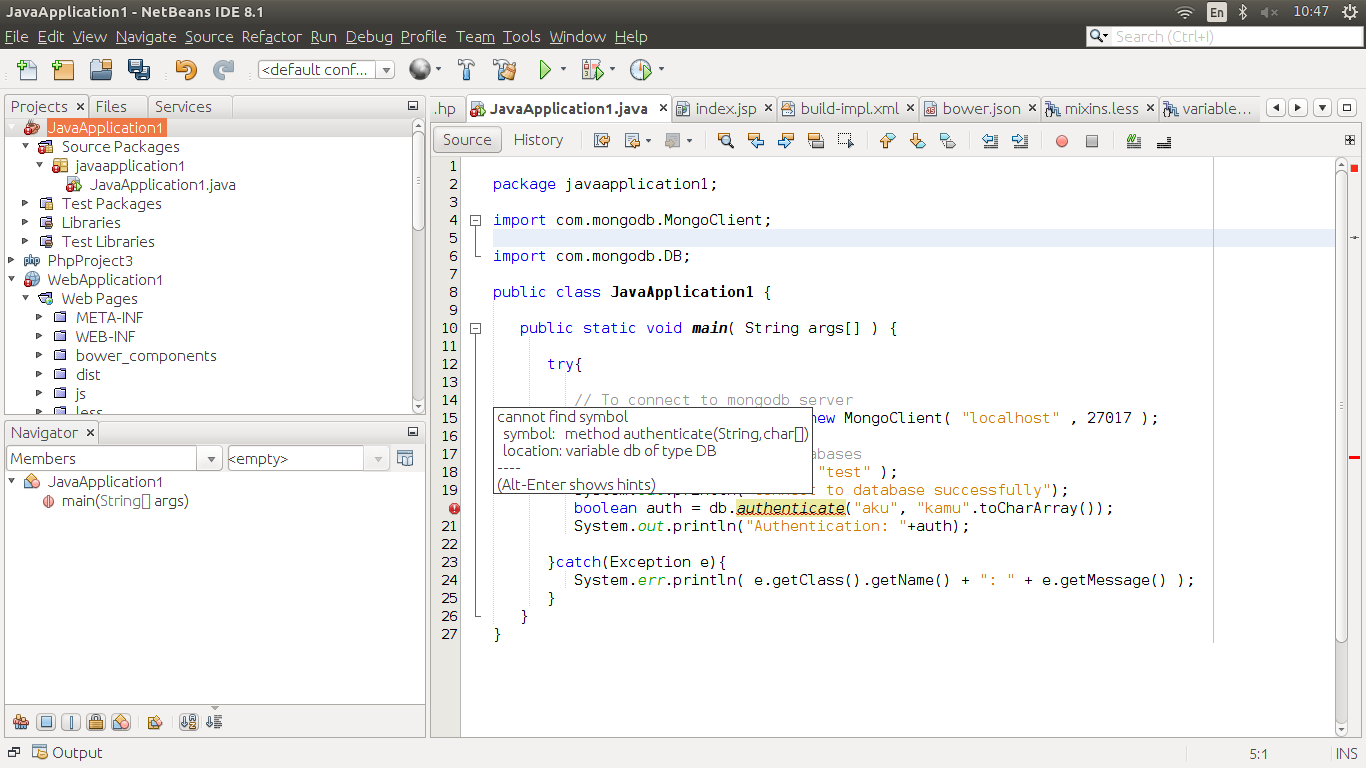
I'm happy to respond in English for this question!
MongoDB is a popular NoSQL database that has gained widespread adoption across various industries and use cases. As you might know, it's known for its flexibility, scalability, and ease of use, which makes it an attractive choice for developers who want to build data-driven applications.
Now, when it comes to using MongoDB with Java, the answer is a resounding "yes"! In fact, MongoDB provides official support for Java through its Java Driver, which allows you to interact with your MongoDB database using your favorite programming language.
Here are some benefits of using MongoDB with Java:
Easy integration: The Java Driver makes it easy to integrate MongoDB into your existing Java-based applications. You can use the driver to perform CRUD (Create, Read, Update, Delete) operations on your MongoDB data, just like you would with a traditional relational database.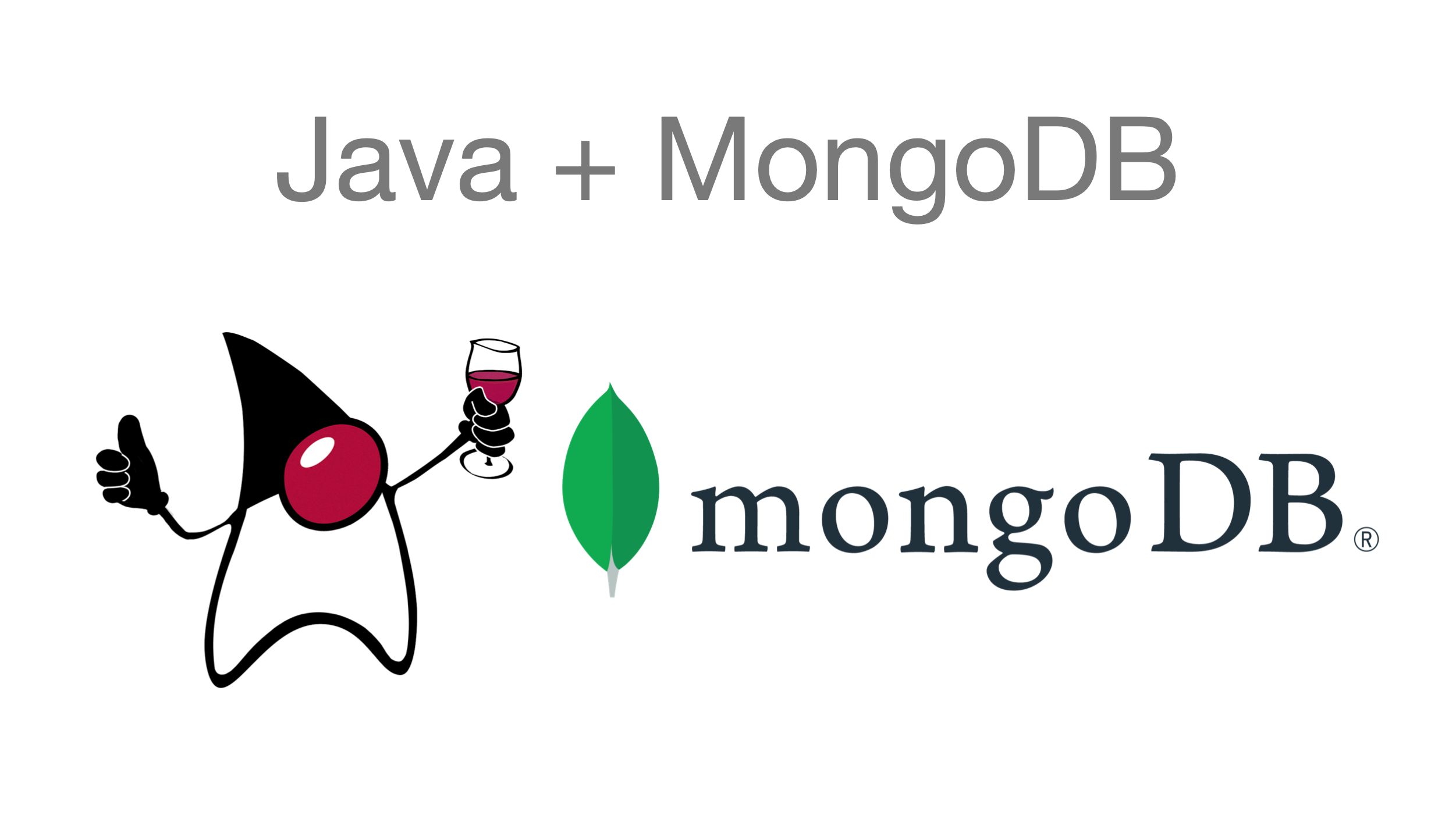
To get started with using MongoDB with Java, I recommend checking out the official MongoDB Java Driver documentation and taking a look at some tutorials on how to integrate it into your application. You can also explore popular Java-based frameworks that support MongoDB integration, such as Spring Boot or Hibernate OGM.
In conclusion, using MongoDB with Java is an excellent choice for building data-driven applications. With the official Java Driver providing seamless integration and high-performance capabilities, you'll be able to take advantage of all the benefits that MongoDB has to offer while working in your favorite programming language.
